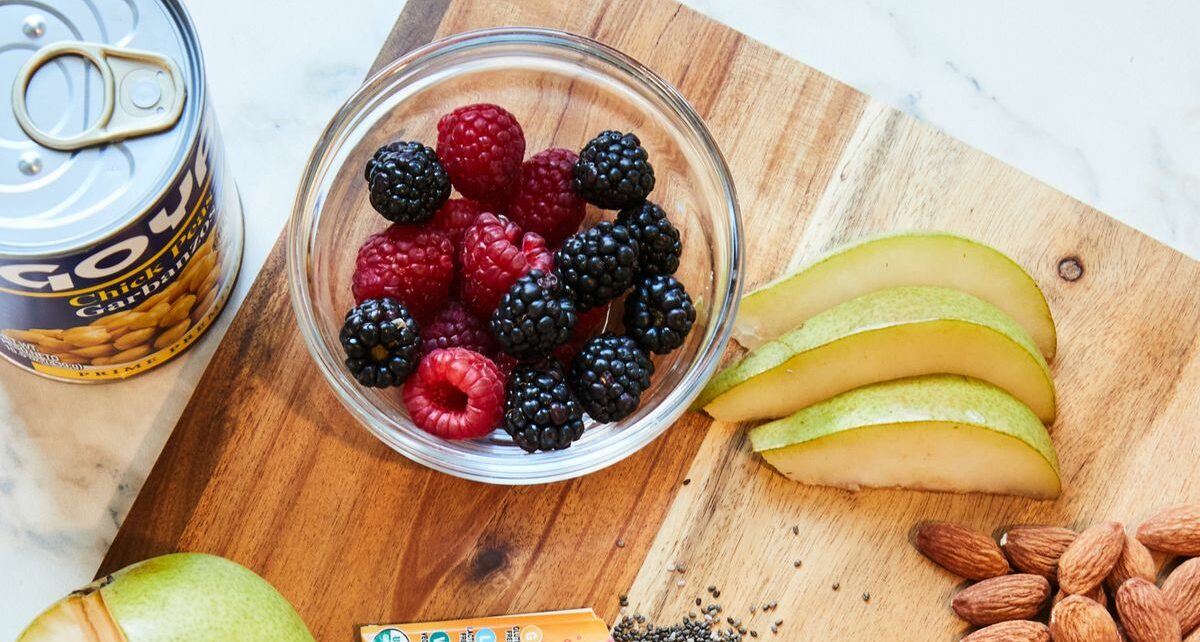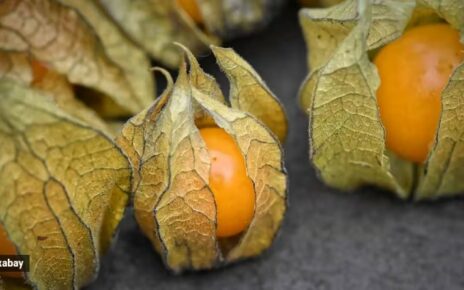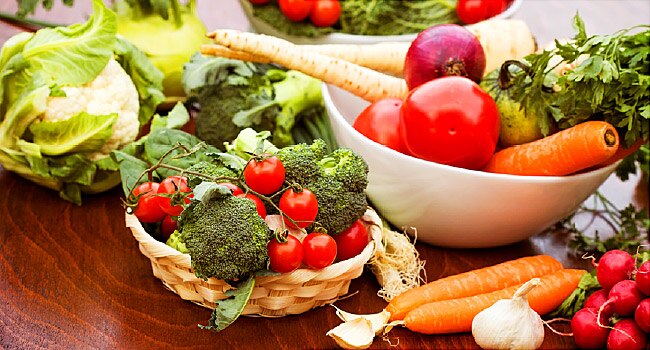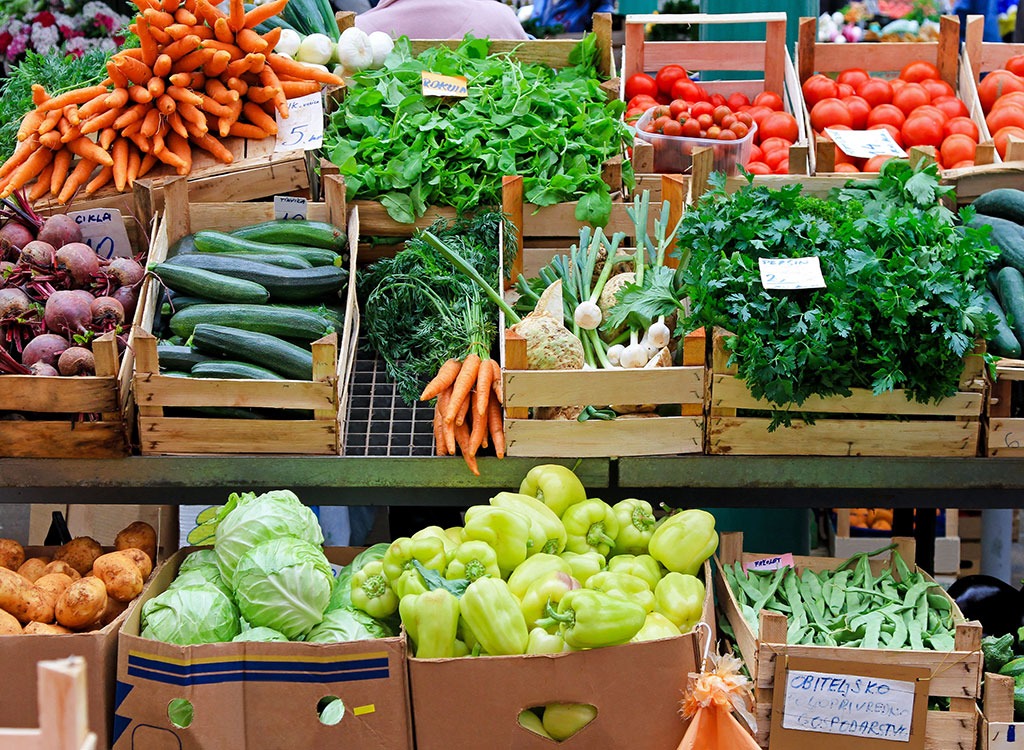Carbs get a lot of spotlight when talking about fueling for performance. After all, you need this macronutrient to give you energy for your rides. But one type of carbohydrate has become a little more controversial in the elite performance world—that is, fiber.
“For years in my clinical practice, I advised people to cut back on sugar and eat fiber-rich foods,” says Mathias Fluit, Human Powered Health’s current team dietitian, formerly of Jumbo Visma. “But then, when I started working with these top cyclists, I remember telling a rider to eat more Haribo gummy bears and stop eating bread, because even the white bread had too much fiber in it. It was a weird moment: I spent so much time telling people to not eat that much sugar and focus on fiber. Now, I’m advising these racers to eat more candy and stop eating fiber. What happened?”
Figuring out fiber intake has become a big issue for cyclists, from top level pros down to amateur athletes. We know it’s an essential part of a healthy diet, but when you’re putting in big hours on the bike or have your biggest race of the season in just a couple of days, the definition of “healthy” starts to shift slightly.
To help you navigate when to eat fiber (because you definitely still should!) and when to cut back, in the context of cycling, we explain what this nutrient does for us, how it works against us, and how can we tailor our consumption to optimize for health and longevity—without sacrificing performance.
What to Know About Fiber and How It Supports Health
First, a quick definition. Patrick Wilson, Ph.D., R.D., explains in The Athlete’s Gut that fiber is a nutrient that’s resistant to digestion. But that’s why it’s so important for our daily intake: It essentially helps digestion by sweeping things along and makes up the bulk of stool. If you’ve ever stopped eating vegetables and other fiber-heavy foods like beans for a few days, you likely noticed a change in your bowel movements. Without fiber, our gut struggles to digest other foods.
Research also shows that a diet high in fiber can offer protection against many health conditions, including heart attack, stroke, type 2 diabetes, colorectal cancer, and that it supports healthy blood pressure and cholesterol numbers.
There are two types of fiber: Soluble fiber, found in foods like oatmeal, beans, and lentils, which dissolves in water and can help lower blood sugar levels, and insoluble fiber, found in foods like kale, wheat bran, and fruit with edible skin. Both help with the digestion process, but insoluble fiber is better for—ahem—moving things along.
So, why wouldn’t you eat fiber, if it lowers blood sugar, enhances your health, and makes your digestive system happy (and keeps your bowel movements regular)? Well, while it is essential to your diet, for athletes with big races looming, optimal fiber intake just gets a bit more nuanced.
While you can time your fiber intake more optimally around rides to avoid digestive upset, and taper fiber slightly ahead of your race to prevent gut distress on race morning, it’s not something that should be removed from your plate entirely. In fact, Fluit says that you’d be better leaving fiber in, even at the slight detriment of race morning versus skipping it too often.
How Fiber Can Affect Your Cycling
There are a couple of ways that fiber can interfere with your cycling. First, some types of fibers may be harder for your body to process, causing bloating and gas if eaten too close to exercise, Wilson explains. Because exercise shunts blood away from the gut and into the legs, digestion can also be blunted during exercise, so any food that’s still sitting in your gut can turn on you. If you’ve ever gone for a ride after eating a kale salad with black beans, for example, you might recall the resulting uncomfortable effects.
The other way fiber can interfere with your cycling is if you’re a salad fiend and eat loads of raw vegetables and dark leafy greens, topped with beans and legumes, or you often sip fruit smoothies, which are also fiber rich. While these foods are all fantastic for your health in general, these fiber-heavy foods can lead to you feeling fuller on fewer calories, and you may actually find you’re not eating enough calories to support your cycling efforts, especially during heavy training loads or big race weeks.
And lastly, coming back to fiber’s main purpose, it can speed up digestion and make you need to poop. This usually isn’t an issue, but for race day, a fiber-rich meal the night before (or morning of) can definitely be a reason for the prerace port-a-potty sprint.
Luckily, these issues are all simply timing-based, and you can easily adjust your fiber intake to best fuel your riding and racing.
Get to Know Your Fiber Recommendations
Before we get into athlete recommendations around your ride, it’s worth noting that Americans as a whole are not getting nearly enough fiber in their diets. Harvard Health reports that on average, Americans eat 10 to 15 grams of fiber per day. Meanwhile, the USDA’s recommended daily amount for adults up to age 50 is 25 grams for women and 38 grams for men.
For some context, here’s how many grams of fiber are in a few high-fiber foods, according to the USDA:
1 cup of raw broccoli: 2 grams
1 cup raspberries: 8 grams
1 cup brown rice: 3 grams
1 cup of lentils: 16 grams
1 cup of whole wheat pasta: 4 grams
If you fall into the “no vegetables, no problem” category of people who definitely aren’t getting enough fiber in their everyday life, your goal should be to gradually add more fiber sources to your diet, not worrying about where you should cut them out.
While fiber may lead to some digestive issues on the bike, it can also improve your riding overall—in addition to the blood sugar regulation and other positive gut health outcomes, fiber’s ability to improve your poo schedule cannot be ignored. If you’re a racer who struggles with constipation and the cramping that can go with it, Wilson points out in The Athlete’s Gut that adding more fiber to the diet can ease your constipation woes. And that can be extremely beneficial, since stomach cramps on the bike are never pleasant.
Even as we discuss when and how to lower fiber intake for racing and riding, remember that you should never cut it entirely, unless a doctor prescribes it for some reason. Even Tour de France riders will have some fiber in their daily diet, despite the huge caloric deficits and need to replenish simple carbohydrates and protein in vast quantities.
“Fiber is really important for your gut microbiome and your overall health,” says Fluit. “It is not to be under-appreciated. It’s also almost impossible to completely avoid fiber—really, we’re just lowering it by opting for white rice and decreasing vegetables, but to avoid it altogether is really hardcore.”
How to Tailor Fiber Consumption for Riding
If you’re a hard-charging athlete, you still don’t have a hall pass to eat white rice for every meal and eschew broccoli and black beans. Before you kick all fiber to the curb ahead of that big group ride you have on the weekend, remember that fiber is a hugely important nutrient for overall health, and shouldn’t be avoided on the regular.
However, you can time it more optimally to avoid digestive issues on the bike.
First, do some self-reflection (and food journaling) to figure out where you land on the affected-by-fiber spectrum. “Some people have upset stomachs from pre-race nerves, and won’t have an appetite,” says Fluit. “Fiber can cause a lot of distress for some people, and make a nervous stomach feel even worse. Switching from something like high-fiber oatmeal for breakfast to white rice can make a big difference.”
Do you notice that having oatmeal before a big ride makes you feel a bit more bloated compared to times when you’ve had a waffle? Or if you had a big kale salad the night before early morning intervals, did you struggle to unclip in time to race from the trainer to the bathroom? Some signs, like that urgent need to poop, are more obvious, while others, like feeling a bit bloated, may be more subtle. Writing down how you feel after meals and snacks and during rides can help you pinpoint how you react to fiber in big and small ways.
Once you have a sense of how affected you are by fiber, you can make a plan. If you don’t notice any issues no matter how much raw kale you consume, don’t make any changes to your diet. But if you do notice that high amounts of fiber in your meals influences your cycling, it’s time to change up your meal plan.
Wilson notes that most people are fine as long as a high-fiber meal is consumed four or more hours prior to exercise. That means you may need to simply time your rides a bit further out from high-fiber meals—but if you do, make sure you have a snack with some simple carbohydrates before you roll out, because four hours is a long time to go without eating before training.
If you find you’re highly sensitive to fiber, dropping down your fiber consumption at dinner could be an option for days where you’re riding in the morning. In these cases, make sure lunch is full of veggies and other fiber-packed foods after your ride.
How to Tailor Fiber Consumption for Racing
During a stage race like the Tour de France, Fluit has athletes cut back on fiber as much as possible, making obvious swaps like using white bread and white rice rather than fiber-rich brown rice or whole wheat bread. But while riders aren’t eating big salads every night, they are still taking in some vegetables at dinner in order to keep them healthy (and “regular”).
Most racers will keep their fiber intake lower the day before a big race: Fluit says that most prerace dinners consist of white rice or pasta with chicken, and maybe a small amount of vegetables. This is a simple meal that’s easy to digest, provides quick-acting carbohydrates and protein, and skimps on both fat and fiber, which can both lead to some gut distress on race morning.
For a regular racer not doing a stage race, aim to drop your evening fiber consumption the night before a race. Again, you can do that by swapping brown rice for white and switching your regular ratio of one serving of carbohydrates and two servings of vegetables in favor of more simple carbs and less greenery. If you know you’re sensitive to fiber, just cut out vegetables, or other high-fiber foods like beans, altogether the night before.
If you’ve had race day gut issues in the past, Wilson notes that fibrous food can take one to two days to pass through the body. He recommends “tapering” fiber consumption up to three to four days ahead of a big event. (Again, don’t stress about a gram of fiber here or there, just skip the kale and black bean salad.)
On race morning, stick with what you know works, and what you’ve tested in the past: Don’t eat the oatmeal just because your teammate swears by it if you’ve always had a bagel with jam.
There’s a caveat here: If you like having a lot of vegetables with dinner, or you’re a vegan who relies on beans for protein and you feel good when racing, go forth and eat your normal high-fiber diet, says Fluit. He sees too many riders try to change things up on race day without testing them out, and while lowering fiber intake seems relatively benign, imagine not being able to take your normal prerace poop. This is why testing out your pre-race dinner and breakfast well ahead of race day is so important.
“There’s a psychological aspect of nutrition as well,” Fluit adds. “If you really feel comfortable with what you’re doing, if you feel supported by your own decisions, then you should stick with what’s working.”
Finally, while a high-carb white flour diet sounds like fun, if you ask riders what they’re excited for when a big race is over, they almost all respond with: “A big salad.”




